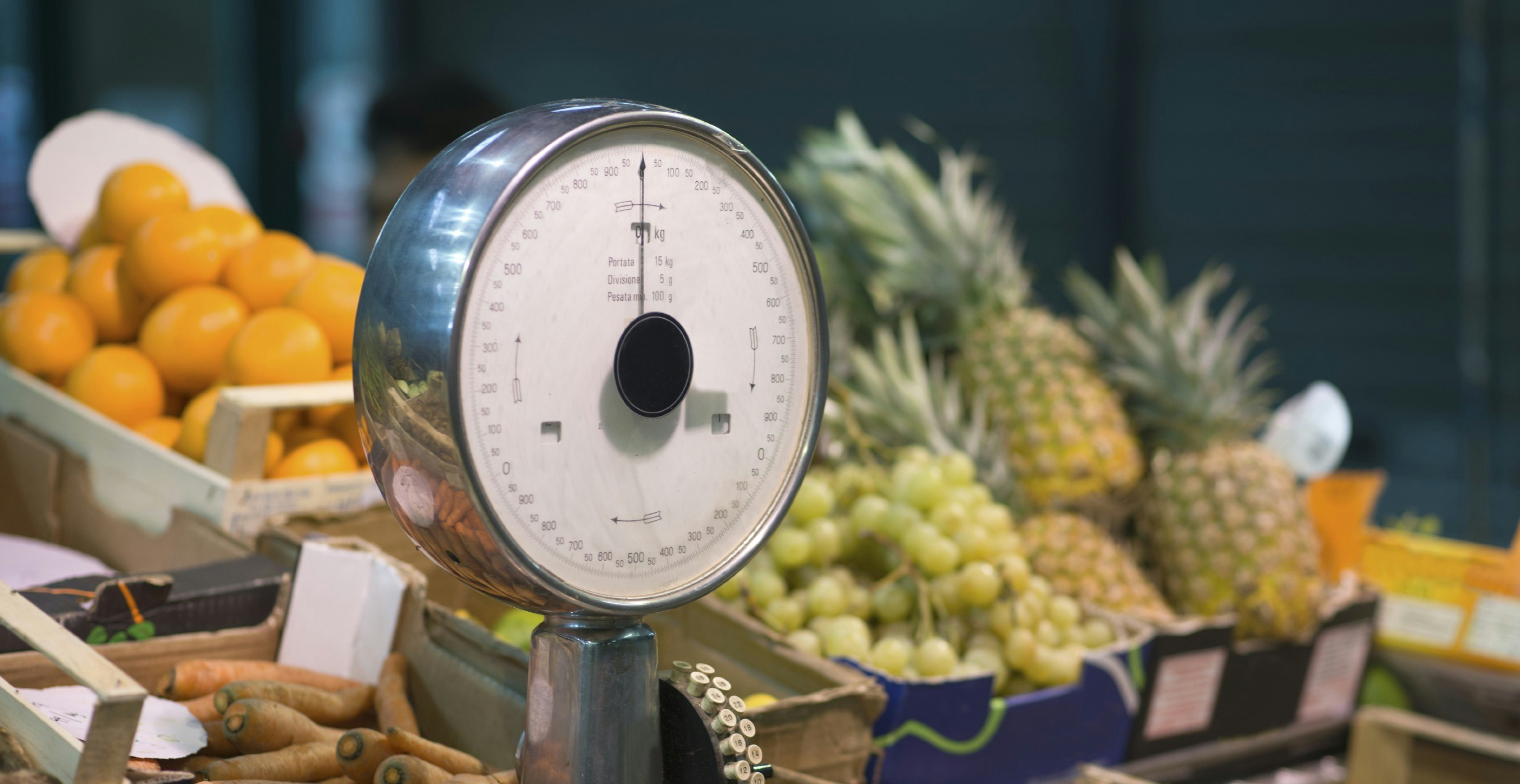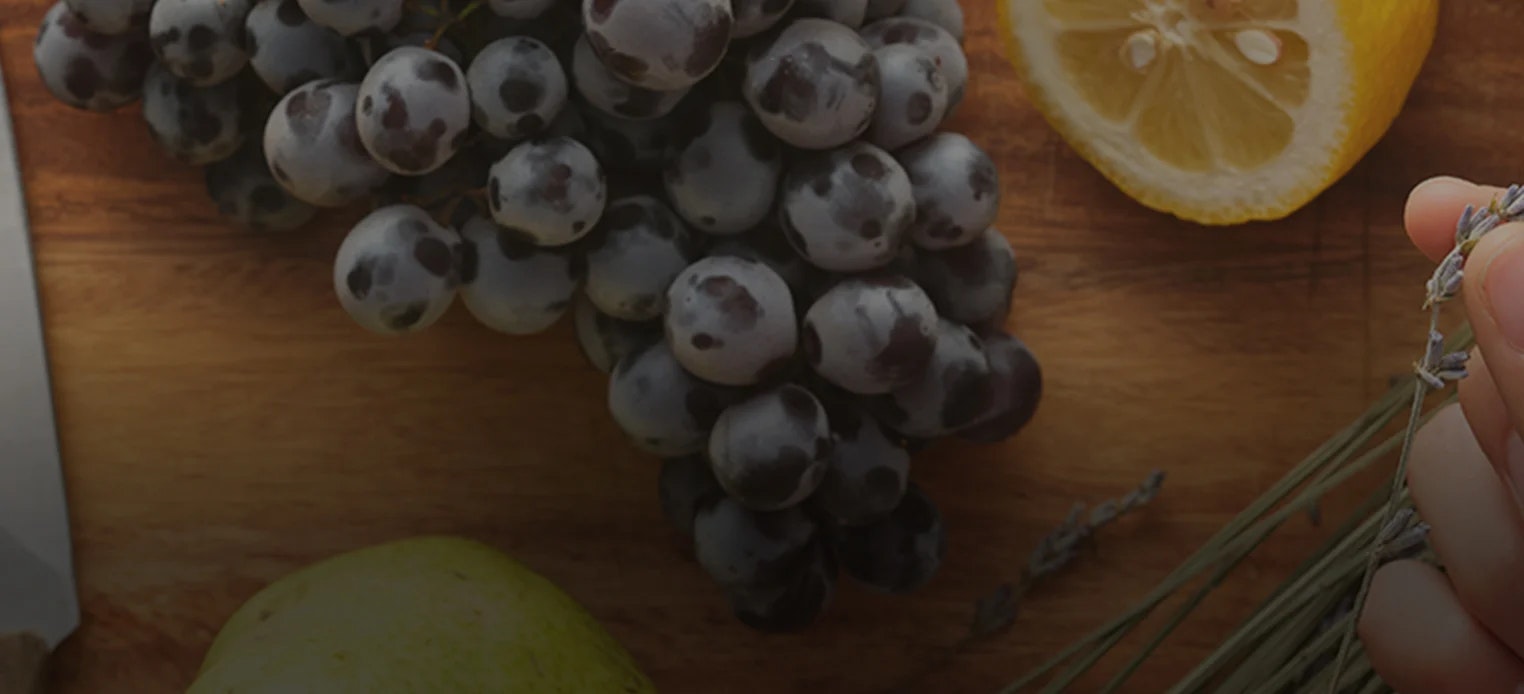If I want to mix my produce together for grinding per recipe, how much of each ingredient should I use in each batch?
Great question and I’m glad you asked! As you may have read in Charlie’s post, “Mixing Produce or Grinding Separately, ” grinding your produce together will actually give you a higher yield. But that leads to the question of how much of each ingredient should you use in each batch.
The answer is easier than you think because you have already done the hard part, creating a delicious and nutritious juice recipe; now we just need to do a little math.

Here is an example using a carrot and pineapple juice recipe to be made using the Goodnature X-1.
In your 16 ounce bottle you measure in the following:
- 6 ounces of carrots
- 5 ounces of pineapple
- 3 ounces of celery
- 1 ounce of ginger
- 1 ounce of lemon
Step 1: Divide
Divide each item by the total ounces in the bottle, in this case, 16.
- 6/16 = 0.375
- 5/16 = 0.3125
- 3/16 = 0.1875
- 1/16 = 0.0625
- 1/16 = 0.0625
So far those numbers don’t seem helpful but lets look at step 2.
Step 2: Multiply
Multiply each number by 25. Why 25? It’s the total number of pounds your press bag can hold.
- 0.375*25 = 9.37
- 0.3125*25 = 7.81
- 0.1875*25 = 4.68
- 0.0625*25 = 1.5625
- 0.0625*25 = 1.5625
Each number represents the pounds per press cycle but let’s do a final step to make things easy.
Step 3: Round
Don’t sweat the small stuff! This step is optional and you perfectionists out there probably can’t even stand the thought of this. But for me, here are the final numbers I’d use:
- 9.5 pounds of carrots
- 8 pounds of pineapple
- 5 pounds of celery
- 1.5 pounds of ginger
- 1.5 pounds of lemons
That’s a little over 25 pounds but use the right blade, speed, bag and go slow and you will be just fine! (Need help choosing, check this post here)
A final thought.
This method works pretty well, because most produce has a similar yield when grinding together. However, I’ve talked to customers who tell me they can’t use this method because of too much variance in their produce. One day they get X amount of juice from their carrots and then next day they get half. That’s super unfortunate and frankly, a total bummer. I still say give this method a shot and do the best you can, there are many successful companies doing it this way. I guess I’m just a purist, but I believe this is how cold pressed juice should be made. Customers should be OK with a little variance on real, raw, organic juice.
A little variety keeps life fresh, that and cold glass of cold pressed juice; happy juicing!
Comments
Hi! Thank you for these calculations. If we wanted to only juice approx 10 bottles would we cut the 25 in half? Or still use that 25 figure and cut the final numbers in half?
Thank you!
Hi Kristen, the juice yield (or amount of bottles) is going to vary depending on your recipe. The formula described in this article is to figure out how much of each ingredient you need per batch (in this case we are talking about the X-1 which presses 25-30lb of produce). The M-1 has a capacity of pressing 1-2.5 lb of produce per batch and the X-1 Mini has a capacity of 5-7 lb. Stick to the lower number of the range if your recipe is a mushy or soft one, or you can go higher if you are pressing harder produce. If you are using the X-1 and just want to make a smaller batch, just replace that 25 number with the amount of pounds you want to press. There are a lot of factors that determine juice yield, but generally speaking you can expect around 10-12 fl oz per pound of prepared produce. Hope this helps!
I love it - thanks for doing the math for me! This is a much easier method than what I was doing... which I won't even go into on here. Pretty nice that I can make a 16 oz batch of juice, then convert it to using a Goodnature Press for quantity. If anything, the Goodnature Presses actually give me a higher yield than my little home model - so I am always pleasantly surprised with the outcome. ALSO, people are buying cold-pressed, fresh juice! I'd honestly be a little suspicious if there wasn't at least a little variance in the juice from day to day... Thanks again for the article!
Before you get to step one, it looks like you have separated the amount of juice in a 16 oz bottle, not the amount of raw produce. Wouldn't you need to first calculate the amount of raw produce that you need to yield the 16 oz of juice?
Holly, it might be a little confusing the way this was written, but this was meant to be fore people who know how much of each type of juice they have in a serving. For example if you have separate juices and mix it per fluid ounce, then you need to create a larger batch. This is what this article is targeted at.
So 25 lbs of produce using this recipe makes 16 oz. of juice?
No, 25 lbs of produce makes between 15-20 bottles depending on the recipe.


Comment